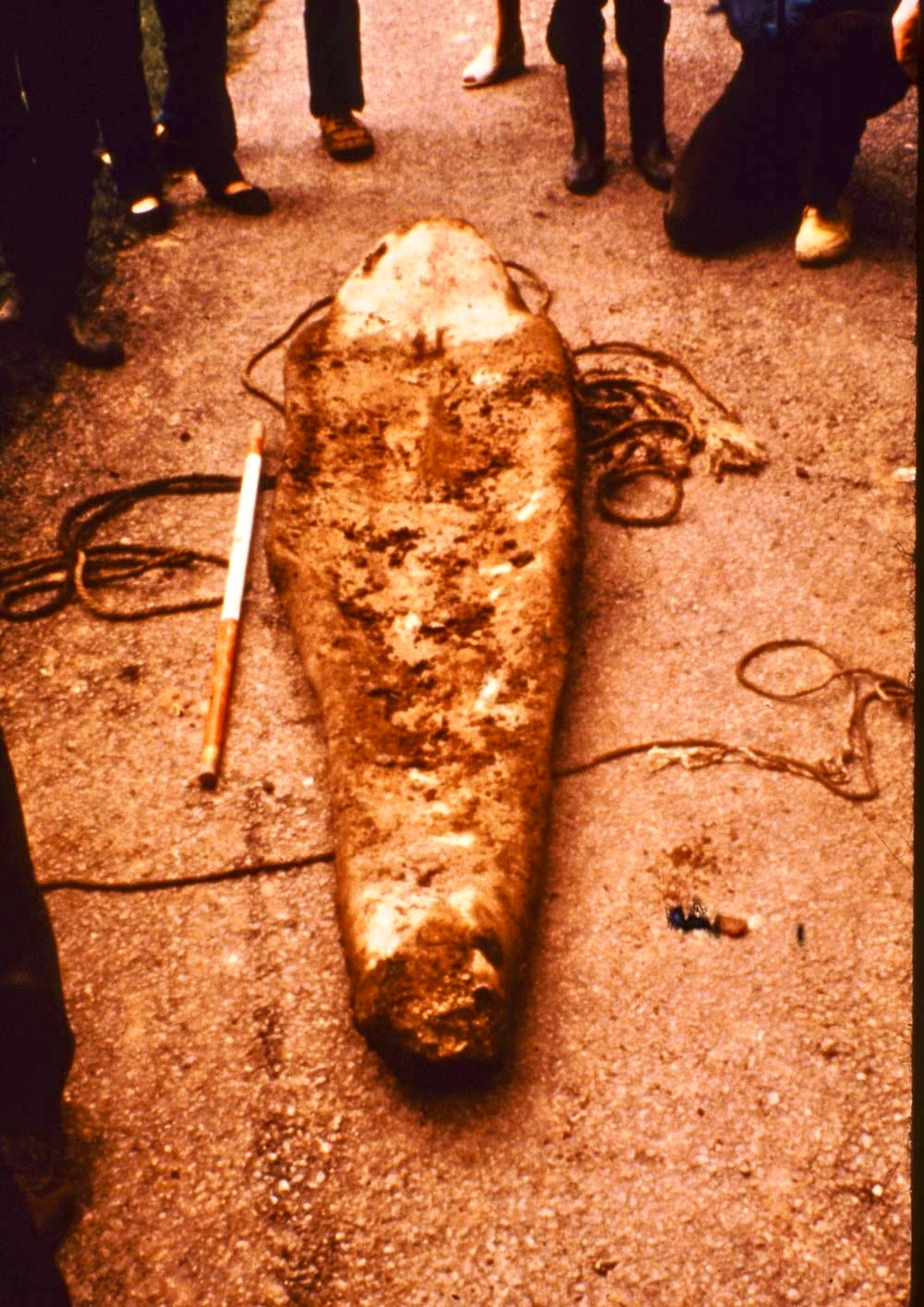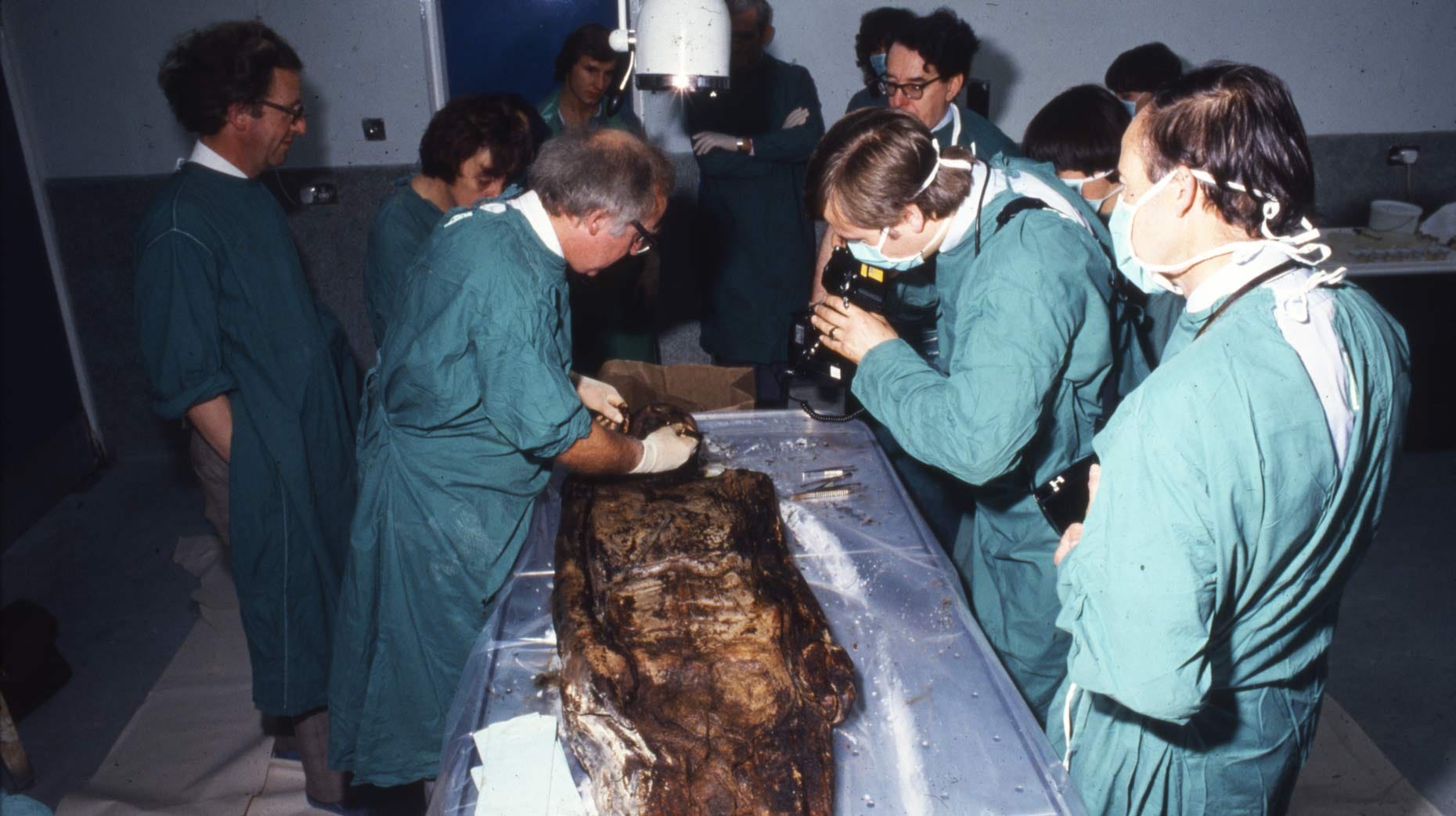Introduction
In 1981, archaeologists conducting excavations at the 12th-century St Bees Priory Church in St Bees, Cumbria, England, stumbled upon a discovery that would captivate both historians and archaeologists alike. Beneath what was once a car park, they unearthed a wooden coffin wrapped in lead, which contained the remarkably well-preserved body of a man who had died over 600 years earlier, around 1368. This individual was subsequently named “St Bees Man.”

Who Was St Bees Man?
Identified as Anthony de Lucy, the 3rd Baron Lucy, St Bees Man should not be confused with his notable grandfather, the 1st Baron Lucy. The elder Anthony de Lucy played a significant role in English history, including serving as warden of Carlisle Castle and participating in the Battle of Bannockburn in 1314. The condition of St Bees Man’s body was astonishing; his features and even his eyes were preserved, making it appear as if he had died only recently.

The Condition of the Remains
An autopsy revealed that nearly all of St Bees Man’s organs remained intact and in excellent condition, with the exception of the brain. Equally remarkable was the presence of liquid blood still in the chest cavity and the remnants of his last meal—likely a combination of porridge and raisins—discovered in his stomach. The preservation of the body presents an intriguing puzzle that underscores the sophistication of medieval burial techniques.
Remarkable Preservation Techniques
The extraordinary preservation of St Bees Man can be attributed to a combination of factors:
- Lead Sheath: The wooden coffin was wrapped in lead, which excluded moisture from entering, thus creating a dry environment around the body.
- Pine Resin Coating: The shrouds were coated in pine resin, which prevented air from reaching the body, further inhibiting the growth of bacteria.
Dr. John Todd elaborated on the preservation process: “Under such conditions, hydrolysis of the neutral fats of the body tissues took place, changing them to fatty acids which were deposited as crystals in the tissues.” This chemical transformation not only dehydrated the tissues but also produced glycerol, which acted as a preservative.

The Impact of Preservation Techniques
These methods demonstrate advanced knowledge of embalming techniques during the medieval period. The successful preservation of the body offers insights into the beliefs and practices surrounding death and burial among the nobility. The exceptional condition of St Bees Man also allows modern scientists to conduct detailed studies on medieval human remains, contributing valuable data to the field of bioarchaeology.
Cause of Death and Family Connections
The cause of death was identified as a hemothorax, resulting from a broken rib that punctured his lung—likely a wound sustained during battle. Additionally, his jaw exhibited fractures in two places, indicating a violent end.
Alongside him, archaeologists discovered another skeleton believed to be that of his sister, Maud de Lucy. This familial burial context raises intriguing questions about the customs surrounding death and the importance of family ties in medieval society.

Conclusion
After the autopsy, St Bees Man was reinterred in the same location where he was found. His discovery not only provides invaluable insight into medieval burial practices and preservation techniques but also enriches our understanding of the life and times of the English nobility during the 14th century.
For those intrigued by this remarkable find, further photographs and detailed articles are available for exploration. The story of St Bees Man serves as a poignant reminder of the complexities of human life, death, and the enduring legacy of the past.

